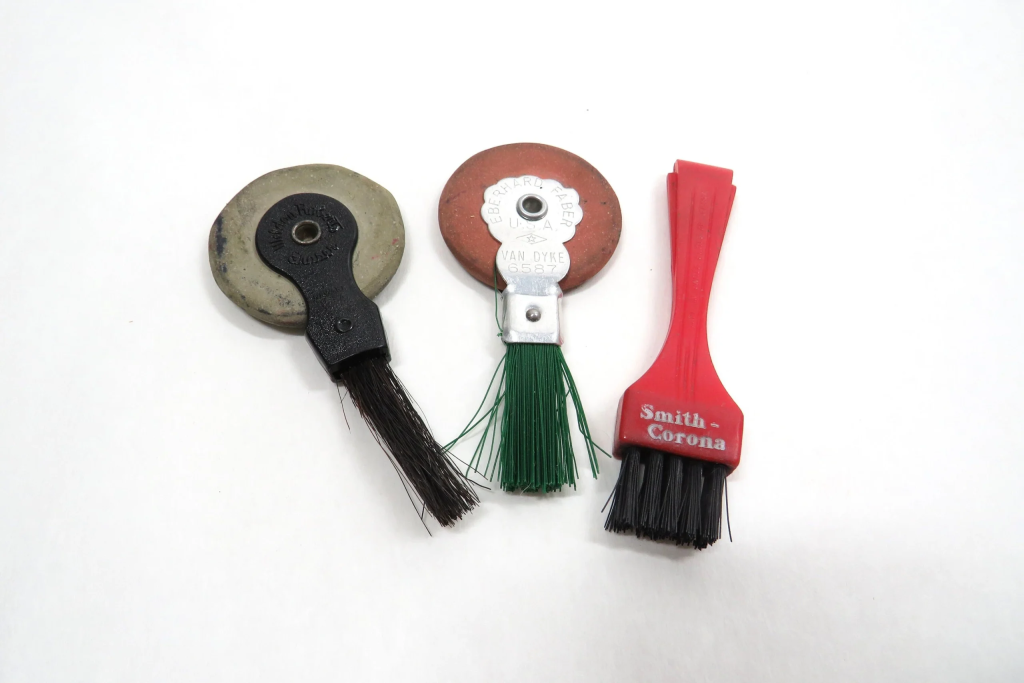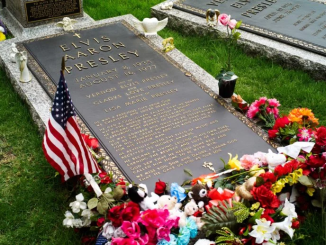Celine Dion is giving fans an honest look at her life with stiff person syndrome.
In a new documentary, the famous singer experiences a scary medical crisis during a physical therapy session, and it’s all caught on camera.
In 2022, Dion revealed she had been diagnosed with stiff person syndrome. In the documentary, “I Am: Celine Dion,” she shares that she had been dealing with symptoms of this rare, progressive neurological disorder for 17 years.
“I need my instrument. And my instrument was not working. So we started to elevate the medicine,” Dion, 56, said after struggling to hit certain notes during her 2018 and 2019 tours.
Though she completed her 2018 tour, Dion had to postpone several dates from her 2019 tour due to the “common cold” before the pandemic shut it down.
Her tour resumed in 2022, but she had to keep canceling and rescheduling shows. It wasn’t until she announced her diagnosis that she officially canceled the rest of her appearances.
“I can’t lie anymore,” Dion says in the documentary. “From a sinus infection to an ear infection to whatever. Sometimes I would point my microphone toward the audience, and I would make them sing it. There are moments where I cheated and I tapped on the microphone like it was the microphone’s fault.”

LONDON, ENGLAND – JULY 05: Celine Dion performs live at Barclaycard Presents British Summer Time Hyde Park at Hyde Park on July 05, 2019 in London, England. (Photo by Samir Hussein/Redferns)
In the documentary, there’s a part where Dion shows a very personal moment. She’s lying on a massage table doing exercises for her physical therapy when her foot suddenly starts to cramp. Soon after, her whole body tightens up and she can’t move or talk to the people around her.
The camera keeps recording as another person from her medical team rushes in with a nasal spray called benzodiazepine. They give it to Dion, who’s in so much pain that she’s crying, even though she can’t move. It’s really hard to watch this part of the video.

Once the spasms have subsided – they typically last anywhere from 30 minutes to an hour – Dion is able to sit up and speak.
“Every time something like this happens, it makes me feel so embarrassed,” she says. “I don’t know how to express it, you know, to not have control over yourself.”
Her physical therapist speculates the attack was brought on by being “overstimulated” from an earlier singing session.
“If I can’t get stimulated by what I love, then I’m going to go on stage, and you’re going to put the pulse oximeter on me and turn me on my back?” she wonders.
Dion hopes that one day soon she’ll be able to return to the stage.
The Forgotten Tools of Typing: Typewriter Eraser Brushes
What Are Typewriter Eraser Brushes?
The circular objects in the image are typewriter erasers, which came with a small brush attached to them. The erasers themselves were made from soft materials like rubber, often infused with fine abrasives.
This combination was designed to remove ink or typewriter ribbon marks from paper, which was the
primary method of correcting mistakes on a typed document before the advent of white-out or digital editing.

The small brush on the tool was used to gently whisk away the eraser debris left on the paper after erasing a letter or a word. In an age when typewriters ruled the business and literary worlds, these tools were essential to maintaining neat and professional-looking work.
A Snapshot in Time: When Eraser Brushes Were Essential
In the early to mid-20th century, typewriter eraser brushes were as common as correction fluid or digital backspace keys are today. Every typist had one on their desk because, despite their best efforts, mistakes in typing were inevitable. These tools allowed for correcting those mistakes without the need to retype an entire
page.
Back then, carbon paper was often used for making copies, so one mistake could mean fixing multiple sheets of paper. Eraser brushes were gentle enough not to tear the delicate paper yet effective at removing the erroneous marks.
The Decline of the Typewriter Era
With the rise of word processors and eventually personal computers, typewriters
quickly became obsolete. The need for such specialized erasers faded as digital
text allowed for instantaneous editing. Today, these erasers are rare relics from a
time when typing was both an art and a skill.
For those who remember using these eraser brushes, seeing one today is a nostalgic reminder of how much the world of writing and editing has evolved. The phrase “times have changed” has never been truer, especially when comparing the
challenges of fixing a typewritten document to the ease of modern technology’s undo button.
A Niche Collectible
Today, typewriter eraser brushes are considered collectibles. Vintage enthusiasts and lovers of retro office supplies value them for their simplicity and effectiveness. Though they might look out of place in a world dominated by digital devices, they serve as a testament to the ingenuity of past generations and the unique tools
that once supported everyday tasks.
Conclusion: From Essential to Obsolete
For those who’ve never used a typewriter, the tools in the image may seem mysterious, even obsolete. But for older generations, they bring back memories of the rhythmic clacking of typewriter keys, the smell of ink ribbons, and the ever- present eraser brush sitting nearby. Times have certainly changed, and as with many innovations, what was once essential now rests quietly in history’s archives



Leave a Reply